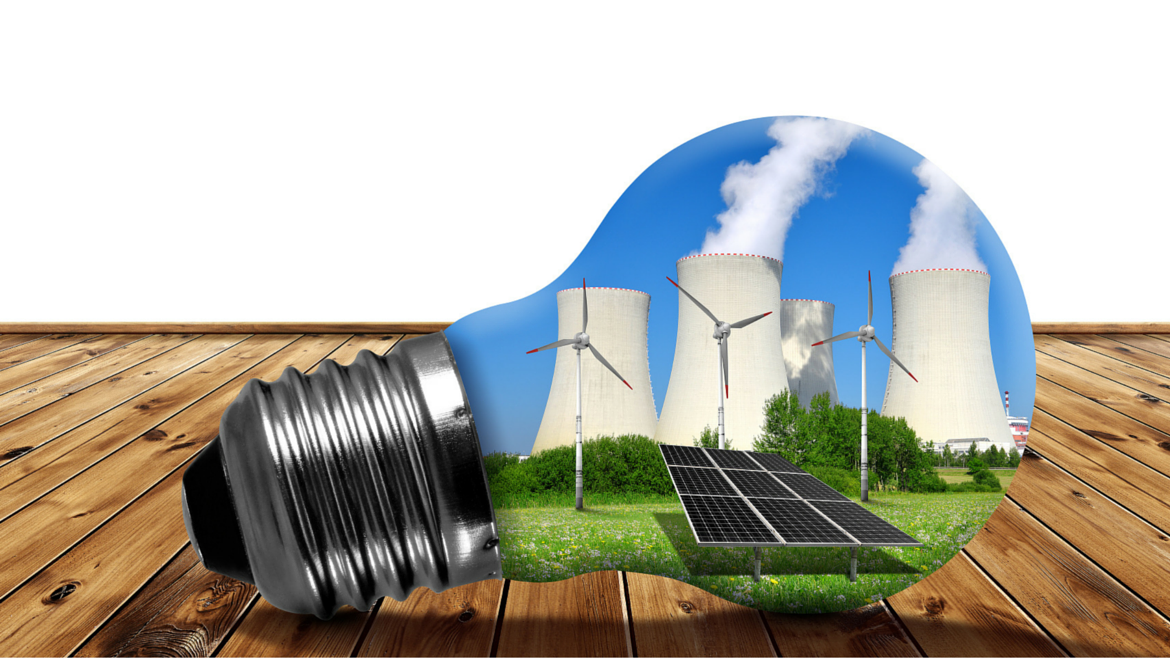The UK's Department for International Development (DFID) recently launched the Energy Africa campaign at Facebook’s London headquarters. An impressive array of dignitaries was present at the launch, including former UN Secretary-General Kofi Annan, the vice-president of Nigeria, singer and political activist Bob Geldof and ministers from Sierra Leone, Ethiopia, Mozambique and Somalia. The campaign aims to build momentum for a rapid push on access to energy across Africa, a continent where 70% of the population still have no electricity, light their homes with kerosene lamps and cook their food over open fires.
Access to electricity is not supposed to be a luxury. It’s an essential element of a basic minimum standard of living. It provides light in the home that allows activity to continue after dark—children studying for school for example. It enables food to be refrigerated and stored longer, cooling or heating for the home and opens the possibility of communications with the rest of the world via a radio or a mobile phone, for example. Clean sources of energy also have a major impact on health as kerosene lamps emit noxious fumes whilst the indoor air pollution from cooking fires kills around 4m people a year.
Focus on solar power
What’s different about the Energy Africa campaign is that it focuses on the role that solar energy can play in rapidly expanding electricity access, as opposed to the conventional focus on expanding grid-based power. Why focus on solar power now? For two reasons:
- Firstly, 80% of those living without electricity in Africa live in rural areas, often in dispersed communities in relatively remote areas far from the power lines of the national grid. For many of these people extending the grid is not an economic option, and some form of off-grid provision is the only viable option for the foreseeable future.
- Secondly, the viability of solar systems to provide domestic power has never been greater. The cost of solar panels has plummeted in recent years, falling 75% since 2009, while lithium batteries have become far more efficient vehicles for storing power. Perhaps even more importantly the power requirements of appliances have also dropped with the advent of not just LED lighting but also super-efficient fridges, TVs and fans, meaning you can get much more out of a solar panel than you could even a couple of years ago.
The size of the demand (600m people without electricity) and the falling price of the technology have combined with pay-as-you-go approaches to consumer financing that have already opened up major market opportunities for solar home systems and lights in Kenya, Ethiopia and Tanzania. Several companies displayed at a trade fair in DFID’s offices after the campaign launch, bearing testament to the growing commercial interest in the sector.
In 2011 the International Energy Agency estimated that universal access to electricity would require additional investments of US$700bn and take 20 years. Today sector alliances such as Power for All argue that, using solar power and a market driven approach, universal access should be achievable in just 10 years at one-tenth of that cost. That tantalising vision of transformative change is what drew so many senior politicians and other dignitaries to the Facebook offices. It’s a vision that is worth backing.
The views and opinions expressed in this article are those of the authors and do not necessarily reflect the views of The Economist Intelligence Unit Limited (EIU) or any other member of The Economist Group. The Economist Group (including the EIU) cannot accept any responsibility or liability for reliance by any person on this article or any of the information, opinions or conclusions set out in the article.




